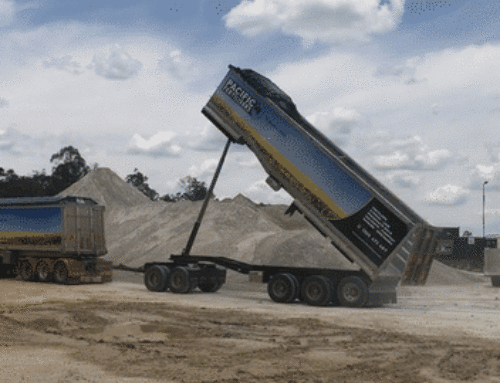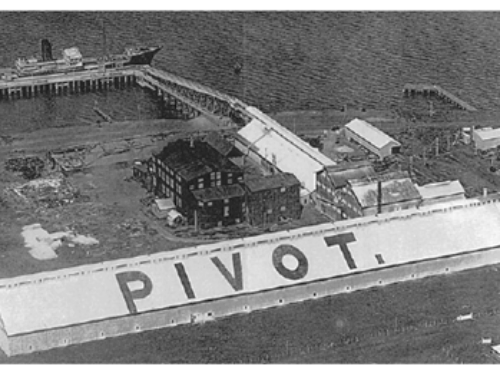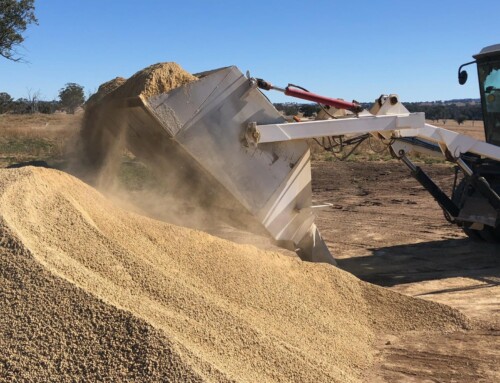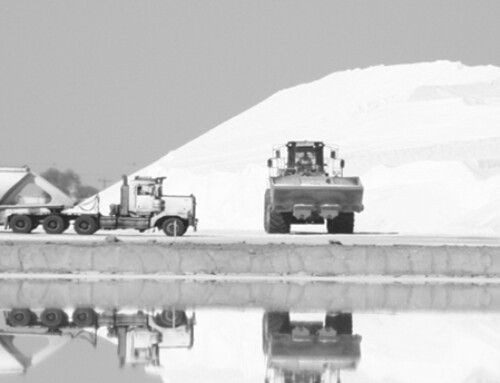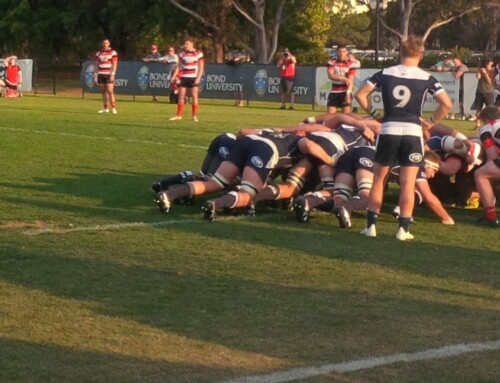When conventional soluble fertilisers are applied to the soil, the plant only consumes a fraction of the nutrients. Leaching, denifrification, volatilisation, and other processes can cause substantial losses.
Polymer & carbon coated urea is now getting cheaper. The majority of coated urea products are around 5-20% the more than the cost of straight urea fertiliser.
When urea or urea-based blends are broadcast on the soil surface, they can be susceptible to volatilisation, or ammonia (NH3 ) loss. Volatilisation potential is determined by the ratio of ammonia to ammonium (NH4) in the product and soil pH. A high-ammonia product placed into a high pH soil will have the greatest volatilisation potential.
Nitrogen losses of 5-30% are common when topdressing urea on Crops or Pastures and these losses can start within 24-48hrs. Research has shown in South Eastern Australia volatilisation has been as high as 26% of total N over 20 days on alkaline clay in spring with only light rain post application.

Factors contributing to losses may include
- Light rain post application
- Neutral to high soil pH
- Urea exposed to windy or warm conditions
- Application to a moist soil surface that dries out post application out (includes top-dress after rainfall)
- Low buffering capacity soil
- Soils with low CEC
- Open crop canopy
- Crop residue such as pasture, high trash or stubble present that can leave the granule stranded away from the soil surface
The safest application if all the planets align to top dress granular urea is onto dry clay soils which tend to have a higher buffering capacity, in low humidity conditions with no wind and sufficient rainfall to move the urea into the soil within a few days of the application. Due to these factors being hard to line up, there is a large range of treated urea products available to reduce potential loses post application.
Slow Release Nitrogen Products Available through Pacific Fertiliser:
- Entec Urea (an ammonium stabiliser for nitrogen fertiliser to reduce nitrogen losses through leaching and denitrification)
- Centro Urea (an ammonium stabiliser for nitrogen fertiliser to reduce nitrogen losses through leaching and denitrification)
- Green Urea (contains a urease inhibitor NBPT that will help protect against volatilisation losses for upto 14 days)
- N-Guard Urea (contains a urease inhibitor NBPT that will help protect against volatilisation losses for upto 14 days)
- Agrotain Urea (contains a urease inhibitor NBPT that will help protect against volatilisation losses)
- N-Protect Urea (contains a urease inhibitor NBPT that will help protect against volatilisation losses)
- Nexen Urea (Agrotain stabilised urea slows the conversion of urea to ammonium, which reduces losses of nitrogen to volatilisation)
- Agromaster Urea (a controlled release polymer coated Urea, providing upto 90 day controlled release of nitrogen)
- Carbon Coat Urea (aka Black Urea or CC urea is granular urea coated with around 21% carbon to reduce volatilization and leaching)
* (you can’t blend urea with entec urea for a short and longer release)
Controlled Release Nitrogen Products Available through Pacific Fertiliser:
- Polymer Coated Urea – N80 (80 day release)
- Polymer Coated Urea – N90 (3 month release)
- Polymer Coated Urea – N120 (4 month release)
- Polymer Coated Urea – N180 (6 month release)
- Polymer Coated Urea – N270 (9 month release)
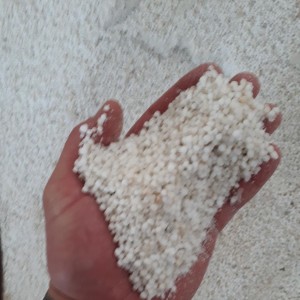
Fertiliser nitrogen may be lost from the soil in several different ways, including; ammonia volatilisation, nitrate leaching and nitrate denitrification. Factors affecting these losses include fertiliser compound, fertiliser form, type of application, timing of application, soil properties, rainfall amount and intensity, and temperature and wind after application.
Ammonia volatilisation – is a chemical process that occurs at the soil surface when ammonium from urea or ammonium-containing fertilisers (e.g. urea) is converted to ammonia gas at high pH. Losses are minimal when fertiliser is incorporated, but can be high when fertiliser is surface-applied.
Nitrate denitrification – is a biological process that occurs within the soil profile wherever there is sufficient available nitrate, labile carbon substrate, and low oxygen conditions such as in slowly draining soils. Losses are minimal in most dryland cropping soils, but may be high in waterlogged conditions.
Nitrate leaching – is a physical process that occurs with the drainage of water through the profile. While nitrate movement within the profile is common in cracking clay soils, large-scale loss of nitrate below the root zone is minimal in most conditions.
Urea Loses – Courtesy of GRDC and IPF

